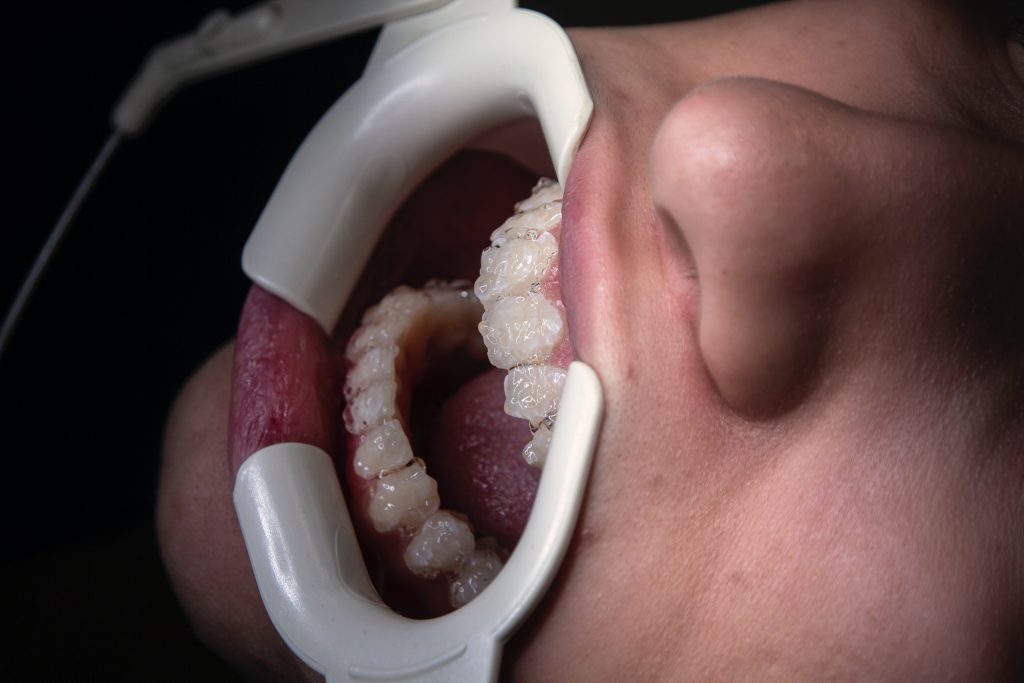The mere mention of a root canal procedure often triggers anxiety in many individuals, as it is commonly associated with pain and discomfort. However, within the realm of modern dentistry, root canal therapy has evolved into an advanced and indispensable treatment that can rescue teeth that would otherwise face extraction. In this comprehensive guide, we embark on a thorough exploration of root canal therapy, unravelling its objectives, detailing the step-by-step process, and shedding light on recent advancements that have elevated it to a vital method for both pain relief and tooth preservation.
Root canal therapy is no longer the dreaded ordeal it once was. It serves as a beacon of hope for teeth teetering on the brink of loss, offering a chance at salvation while alleviating the agony associated with dental issues. In the following pages, we will demystify this procedure, revealing the science and artistry that underpin its transformative role in modern dentistry.
Understanding the Problem
To understand root canal therapy’s significance, we need to know what issue it addresses. The problem begins with an infected or damaged dental pulp, which is the inner part of a tooth containing nerves, blood vessels, and connective tissue. This pulp can become compromised due to untreated cavities, injuries, or tooth fractures.
When the dental pulp becomes infected or damaged, it often results in excruciating pain and, if left untreated, can eventually lead to the loss of the affected tooth. In more severe cases, the infection can extend from the pulp chamber into the intricate network of root canals, exacerbating the problem. In these critical situations, root canal therapy serves as the final option, presenting a crucial opportunity to salvage the tooth and alleviate the intense pain that accompanies the condition, preventing the need for tooth extraction and preserving the natural dental structure.
The Purpose of Root Canal Therapy
–Pain Relief: The primary goal of root canal therapy is to relieve the severe pain and discomfort caused by an infected or damaged dental pulp. The procedure involves removing the infected tissue and thoroughly cleaning the area, providing immediate relief to the patient.
–Preservation of Natural Teeth: Root canal therapy aims to save the natural tooth. In the past, teeth with severe pulp damage often had to be extracted. But now, this procedure allows dentists to save the tooth, maintaining its function and appearance.
–Preventing Further Infection: By eliminating the infected pulp and disinfecting the root canals, root canal therapy stops the infection from spreading to nearby tissues, preventing more serious oral health problems.

The Root Canal Procedure: Step by Step
Root canal therapy is a precise dental procedure that consists of several steps. Although it may seem complex, it is carried out with care to ensure effective pain relief and tooth preservation.
–Diagnosis and Examination: The process starts with a comprehensive examination of the affected tooth. X-rays are often taken to assess the extent of the infection or damage to the dental pulp. An accurate diagnosis is crucial for planning the right treatment.
–Local Anesthesia: To ensure the patient’s comfort, a local anesthetic is administered to numb the affected area. This step is essential to ensure that the patient feels no pain during the procedure.
–Isolation: A rubber dam is placed around the tooth to keep it dry and free from saliva, creating a sterile working environment.
–Access Opening: The dentist creates a small access opening in the crown of the tooth to reach the pulp chamber and root canals. This opening allows them to remove the infected tissue and clean the area thoroughly.
–Removal of Infected Tissue: Specialized instruments are used to carefully remove the infected dental pulp, cleaning the pulp chamber and root canals. This step eliminates the source of pain and infection.
–Cleaning and Shaping: After the infected tissue is removed, the dentist cleans and shapes the root canals to prepare them for the filling material. This ensures that no remnants of infection or tissue are left behind.
–Filling and Sealing: The cleaned and shaped root canals are filled with a biocompatible material called gutta-percha to seal the space. The access opening is also sealed with a temporary or permanent filling to prevent further contamination.
–Restoration: In many cases, a tooth that has undergone root canal therapy may require additional restoration, such as the placement of a dental crown. This step is crucial for strengthening and protecting the tooth, ensuring its long-term functionality.
Advancements in Root Canal Therapy
Root canal therapy has benefited from significant advancements, making it a more efficient, comfortable, and predictable procedure.
–Digital Imaging: Modern root canal therapy relies on digital X-rays and cone-beam computed tomography (CBCT) scans for precise and detailed imaging of the affected tooth. This accuracy aids in diagnosis and treatment planning.
–Rotary Instruments: Specialized rotary instruments have replaced traditional hand files for cleaning and shaping root canals. These instruments are more efficient and reduce the time required for the procedure.
–Microscopes: High-powered microscopes enable dentists to perform root canal therapy with exceptional precision. They provide magnified views of the root canals, ensuring thorough cleaning and shaping.
–Dental Lasers: Laser technology offers a less invasive and more comfortable option for removing infected tissue and disinfecting root canals.
–Anesthesia Techniques: Advances in anesthesia techniques and medications have made the procedure virtually painless for patients.
–3D Printing: 3D printing technology is increasingly used to create custom-made dental crowns and restorations, ensuring a perfect fit and optimal functionality.
Conclusion
Root canal therapy, once a feared and misunderstood procedure, has become a cornerstone of modern dentistry, offering unmatched pain relief and tooth preservation. By addressing the root cause—the infected or damaged dental pulp—this procedure not only alleviates severe pain but also preserves the natural tooth, preventing the need for extraction.
Advancements in technology and techniques have made root canal therapy more efficient, precise, and comfortable for patients. With digital imaging, rotary instruments, microscopes, dental lasers, and improved anesthesia, dentists can perform this essential procedure with higher success rates and greater patient satisfaction.
In essence, root canal therapy epitomizes the ever-evolving field of dentistry, where science and artistry come together to provide patients with relief, restoration, and the opportunity to preserve their natural smiles for years to come.













